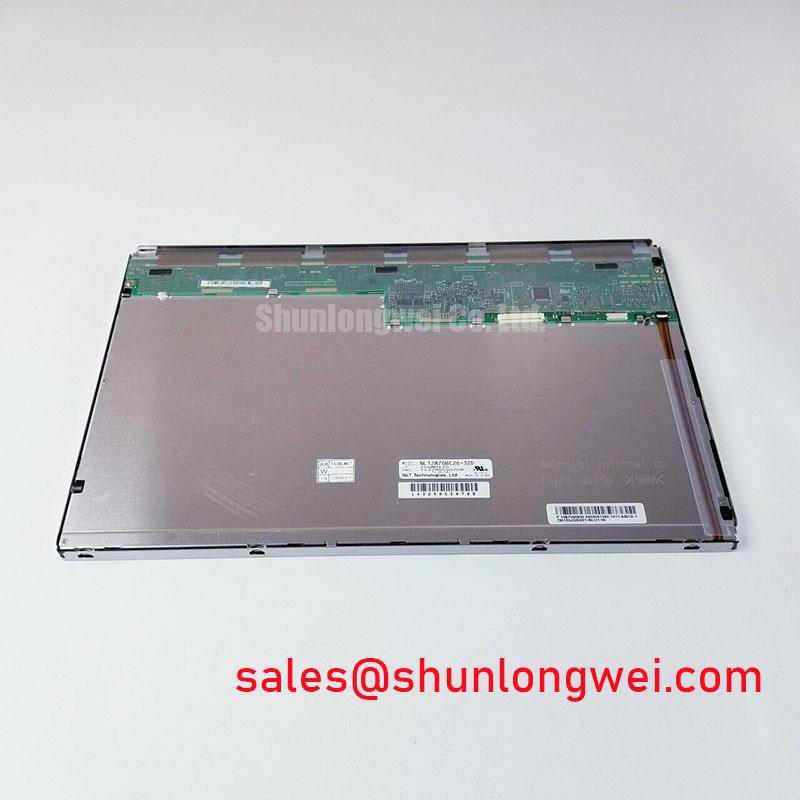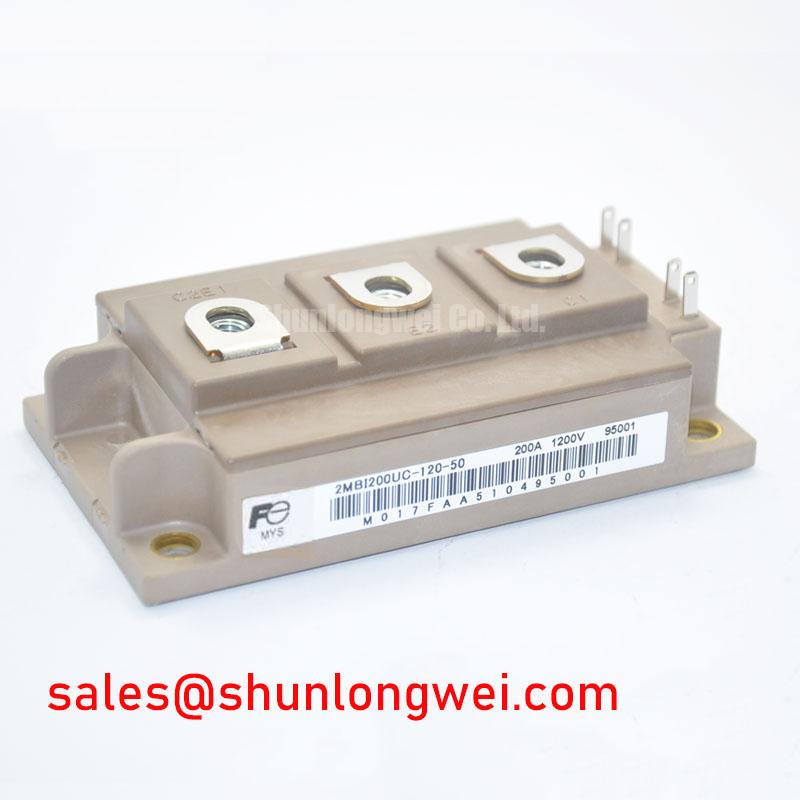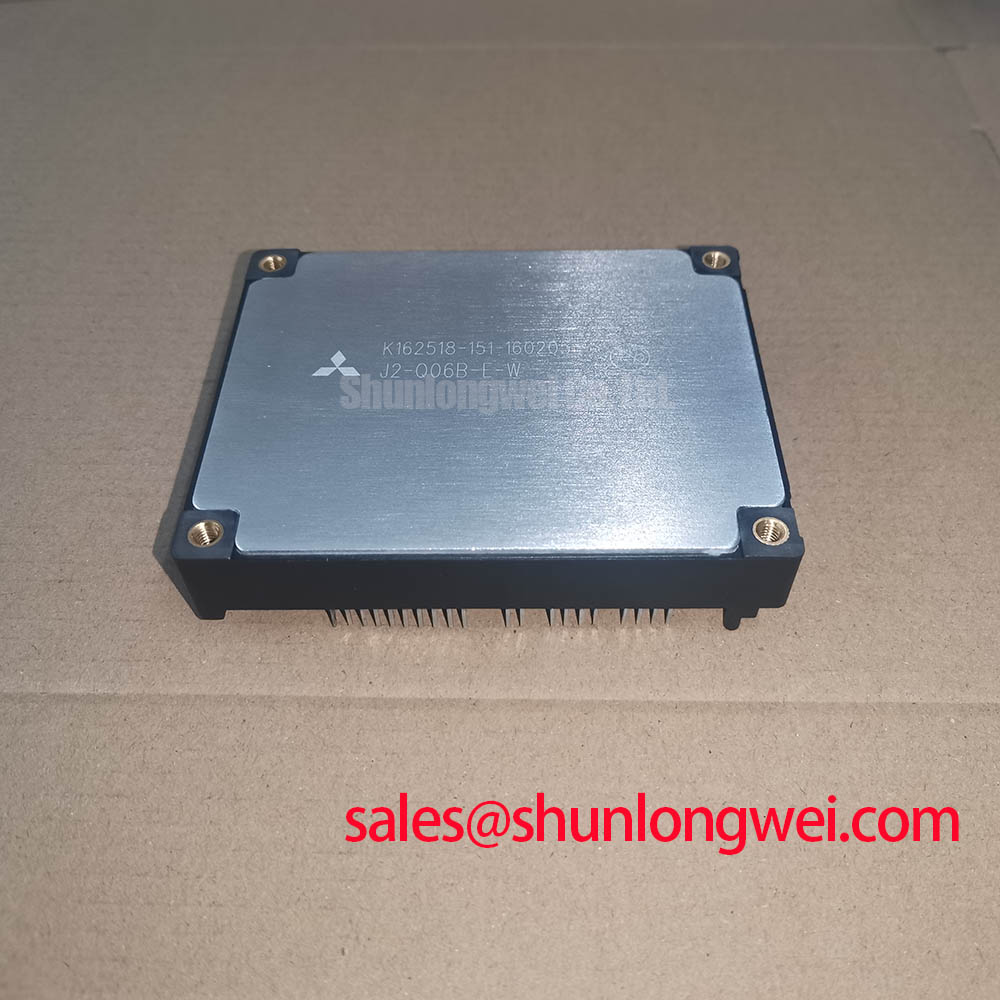DMC16230 LCD Module: Engineering a Robust 16x2 Character Display for Embedded Systems
An In-Depth Analysis of the DMC16230 for Industrial HMI and Control Applications
Content last revised on October 17, 2025.
The DMC16230 is a 16x2 character dot matrix LCD module engineered for clear, efficient information display in a wide array of electronic devices. Its design prioritizes straightforward system integration and reliability. Offering a classic 16-character by 2-line display format powered by an integrated controller, this module delivers a streamlined solution for adding a text-based user interface. Key specifications include: 16x2 Characters | STN (Yellow-Green) Display | Built-in SPLC780D Compatible Controller. This integration provides two core engineering benefits: drastically simplified microcontroller interfacing and accelerated firmware development. For engineers needing to add a status display to an embedded system, the module's parallel bus provides a direct, low-latency connection to the host MPU. Best fit for embedded systems requiring a straightforward, reliable text-based HMI without the overhead of a complex graphics controller.
Key Parameter Overview
Decoding the Specs for Simplified System Integration
The technical specifications of the DMC16230 are tailored to provide a balance of performance and ease of use, making it a workhorse for status indicators, menu navigation, and diagnostic readouts in industrial and commercial equipment.
| Parameter | Specification | Engineering Value & Interpretation |
|---|---|---|
| Display Format | 16 Characters x 2 Lines | Provides sufficient space for displaying critical system parameters, status messages, or simple user menus in a compact form factor. |
| LCD Controller | SPLC780D or Equivalent (HD44780 compatible) | This is the core of the module's simplicity. Think of it as an onboard co-processor dedicated to the display. It handles character generation and refresh cycles, freeing the main system's 8-bit microcontroller from low-level display tasks. |
| MPU Interface | 4-bit or 8-bit Parallel | Offers design flexibility. The 8-bit mode allows for faster data transfer, while the 4-bit mode conserves valuable I/O pins on the host microcontroller—a critical advantage in I/O-constrained designs. |
| Character Font | 5 x 8 Dots | Delivers clear, highly legible alphanumeric characters suitable for readability at typical operating distances for an industrial control panel. |
| Operating Voltage (VDD) | 5.0V (Typical) | Aligns with standard logic levels used in a vast number of legacy and modern embedded systems, simplifying power supply design. |
| Operating Temperature | 0°C to +50°C | Ensures reliable performance for indoor industrial, commercial, and laboratory environments. |
Application Scenarios & Value
System-Level Benefits in Control and Instrumentation
The DMC16230 is an ideal component for applications where a concise, reliable text-based Human-Machine Interface (HMI) is required. Its primary value lies in its ability to be rapidly integrated into both new and existing product designs with minimal engineering overhead. What is the primary benefit of its integrated controller? It significantly reduces firmware development time and host processor load.
A high-fidelity engineering scenario is the retrofitting of legacy industrial machinery. An engineer may be tasked with adding a diagnostic display to a machine controlled by an older 8-bit microcontroller with limited I/O pins. The primary challenge is to add HMI functionality without a costly redesign of the main control board. The DMC16230 directly solves this by using its 4-bit interface mode, requiring only a handful of I/O lines to provide operators with real-time status updates, error codes, or cycle counts. This module acts as a simple, cost-effective upgrade path for extending the life and serviceability of existing equipment, a core task in maintaining operational efficiency in many industrial settings.
For systems that require a different form factor or character layout, alternatives such as the LCM-S01602DSF/B may offer different mechanical dimensions or display characteristics suitable for other specific design constraints.
Application Vignette
Upgrading a Standalone Pump Controller with Real-Time Diagnostics
Consider an existing water pump controller in an agricultural or manufacturing setting. The original unit uses simple LED indicators for "On," "Off," and "Fault" states, providing very limited diagnostic information. When a fault occurs, a technician must connect a specialized diagnostic tool to the controller's serial port to understand the issue, causing significant downtime.
The engineering challenge is to provide on-the-spot, detailed feedback to operators and maintenance staff with minimal hardware and software disruption. The DMC16230 is selected for this upgrade. Using the 4-bit interface mode, the display is connected to six spare I/O pins on the controller's existing microcontroller. The firmware is modified to write specific error messages (e.g., "OVERPRESSURE," "LOW VOLTAGE") to the display instead of just illuminating a generic fault LED. The built-in HD44780 controller compatibility means the engineer can use widely available, pre-written code libraries, dramatically cutting down on development time. The system-level benefit is immediate: any operator can now read the specific fault condition directly from the controller's front panel, enabling faster troubleshooting, reducing reliance on specialized tools, and ultimately increasing system uptime.
Frequently Asked Questions (FAQ)
How does the integrated SPLC780D controller reduce firmware complexity?
The controller manages all low-level tasks of displaying characters, such as refreshing the pixels and translating ASCII codes into the 5x8 dot pattern. Your host microcontroller simply needs to send high-level commands and the ASCII data for the desired text, rather than manually controlling individual display segments or pixels. This is analogous to using a print command in software instead of drawing each letter yourself.
What is the main advantage of choosing the 4-bit MPU interface over the 8-bit one?
The primary advantage is I/O pin conservation. The 4-bit mode requires only 6 or 7 total I/O lines (4 for data, plus RS, R/W, and E), whereas the 8-bit mode requires 10 or 11. This is crucial in designs where the microcontroller has a limited number of available pins that are needed for other functions like reading sensors or controlling motors.
Is the DMC16230 suitable for battery-powered devices?
While the module operates on a standard 5V supply, its power consumption is relatively low for a display of this type. However, for applications requiring extremely low power, designers should carefully analyze the current draw specified in the datasheet, especially for the LED backlight, and implement power-saving techniques in firmware, such as turning off the backlight when not in use.
Can I create custom characters on the DMC16230?
Yes, the SPLC780D-compatible controller includes a Character Generator RAM (CGRAM) that allows you to define and store a limited number of custom characters (typically up to 8). This feature is useful for creating simple icons, progress bars, or special symbols not found in the standard ASCII character set, adding a layer of customization to the user interface.
An Engineer's Perspective
From a design standpoint, the DMC16230 represents a known quantity—a reliable and predictable component that mitigates project risk. Its adherence to the de facto HD44780 interface standard means a vast ecosystem of documentation, code libraries, and community knowledge is readily available. This isn't a component that requires extensive R&D; it's a foundational building block for any embedded system where clear communication of status or data is paramount. Its value is not in cutting-edge features, but in its proven ability to get the job done efficiently and dependably, allowing engineering resources to be focused on the core innovation of the end product.












